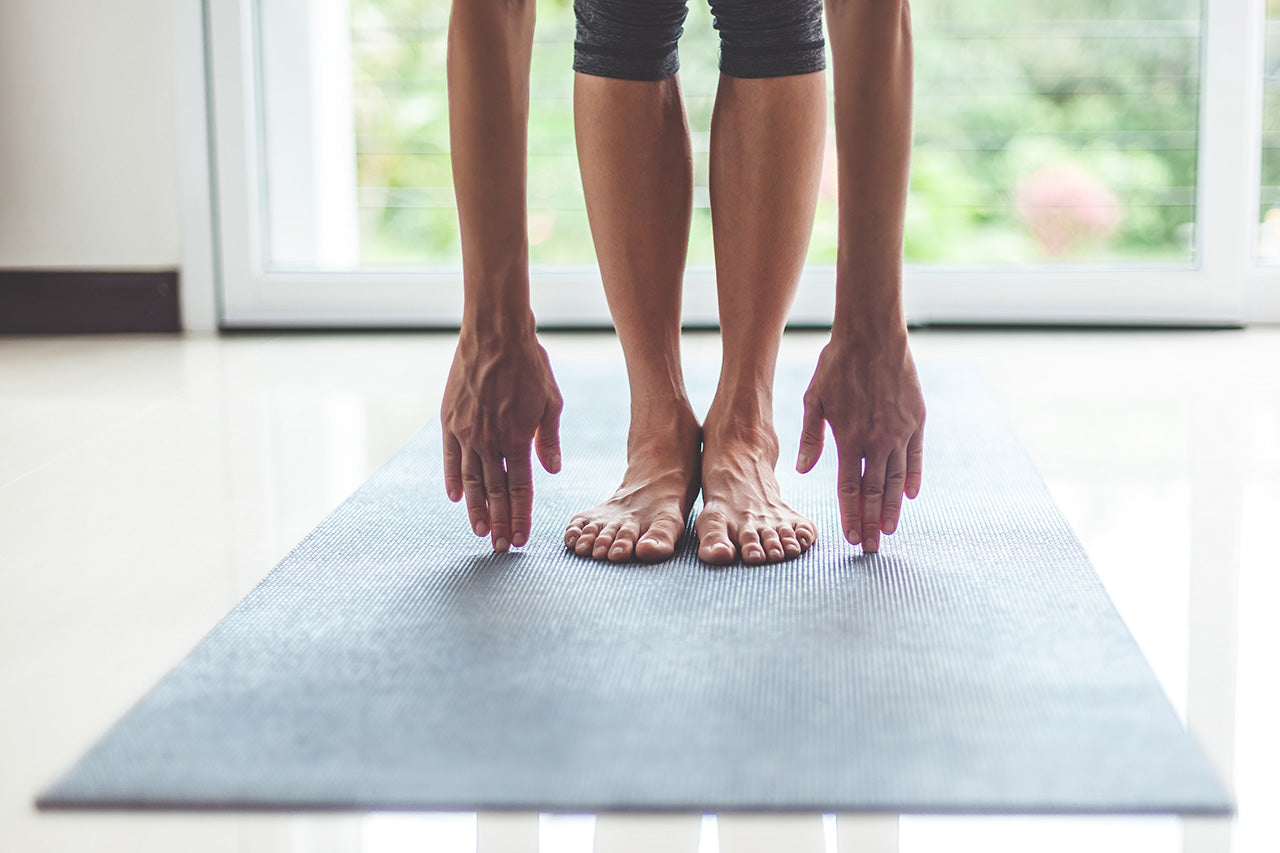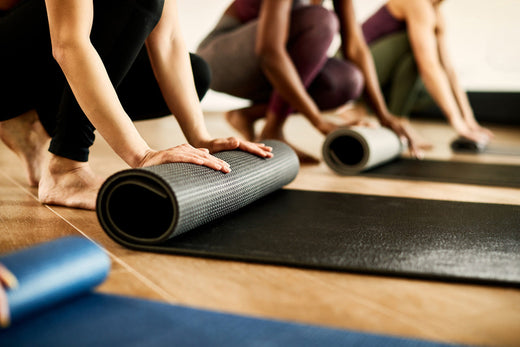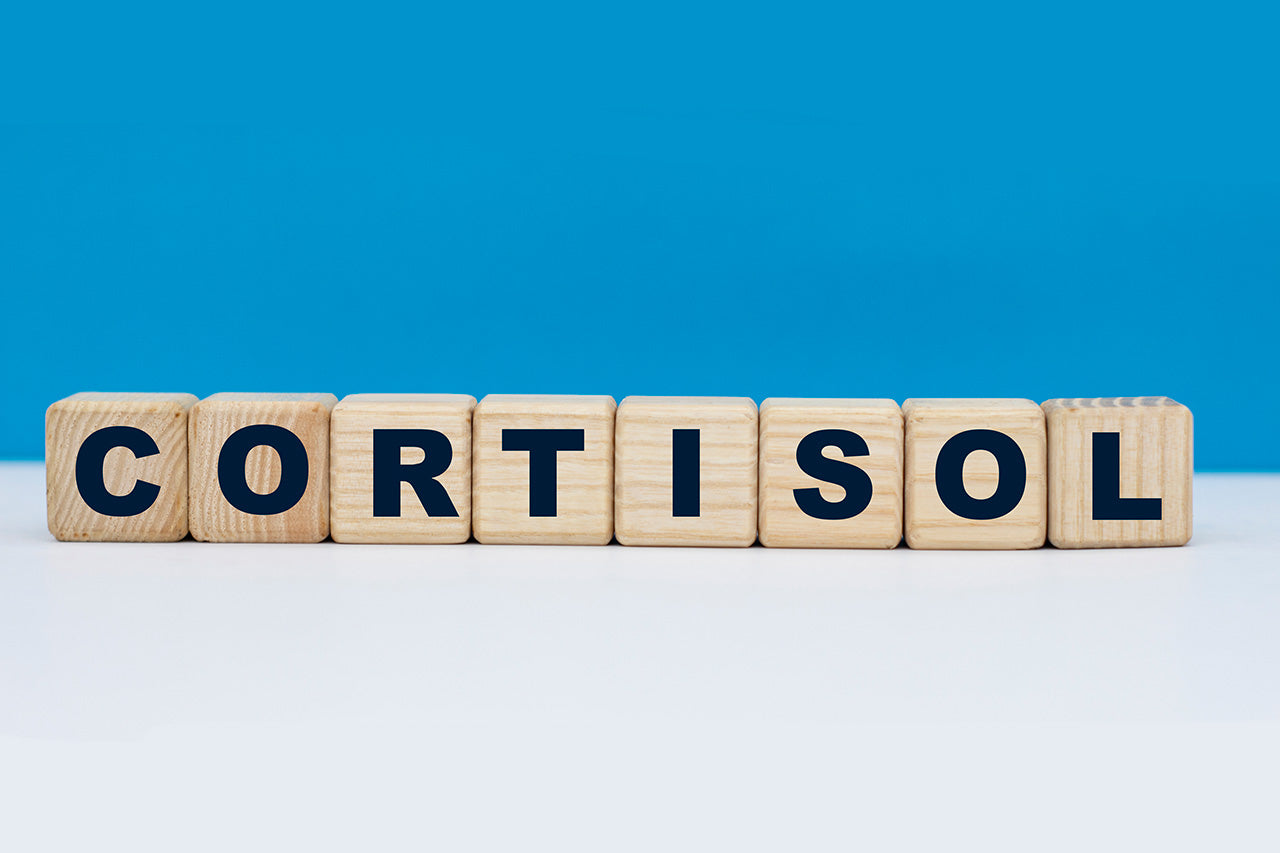
WELLNESS
Exercise and Cortisol: Finding the Right Balance

Exercise is often celebrated as one of the best ways to manage stress, improve mood, and support overall well-being. But, when it comes to cortisol, the body’s primary stress hormone, the relationship between exercise and stress management is a bit more complex.
Understanding how exercise impacts cortisol levels (both immediately and over time) can help you find the right balance between pushing your body and supporting its recovery.
Cortisol and Exercise
When you exercise, your body goes through a series of physical and chemical changes. One of those changes is the release of cortisol. In the short term, exercise temporarily raises cortisol levels as part of the body's natural response to physical stress. This is completely normal as cortisol helps provide the energy and stamina needed to power through a workout.
It does this by:
- Increasing blood sugar levels to fuel your muscles.
- Mobilizing energy stores from fat and protein.
- Helping with inflammation control as your body recovers from the exertion.
The long-term effects of exercise on cortisol are more positive. Over time, regular physical activity helps regulate cortisol levels, making your body more resilient to stress. In other words, while cortisol may spike during a workout, consistent exercise can actually lower your overall stress levels, improving how your body responds to both physical and mental stressors.
Key Benefits of Exercise
Exercise is one of the most effective ways to reduce chronic stress and promote balanced cortisol levels. Here are some of the key benefits:
- Enhanced mood: Physical activity stimulates the production of endorphins, the body’s natural "feel-good" chemicals, which can help counteract the negative effects of cortisol.
- Better sleep: Regular exercise supports healthy sleep patterns by helping the body regulate its cortisol rhythm. When you’re physically active during the day, cortisol levels naturally rise and fall, supporting deeper and more restful sleep at night.
- Improved stress resilience: Over time, consistent exercise helps your body adapt to stress more efficiently. This means that when you encounter stressful situations, your cortisol levels may spike less dramatically, allowing you to manage stress more effectively.
Methods of Exercise
When it comes to reducing cortisol through exercise, the answer is not one size fits all. Different types of exercise have varying effects on the body’s stress response, and the best type of exercise for managing stress is the one that works best for you.
- Low-intensity forms of exercise like yoga, walking, and stretching are excellent for calming the mind and lowering cortisol levels. Yoga, in particular, has been shown to significantly reduce cortisol, improve mood, and promote relaxation. The meditative aspects of yoga and slow, deliberate movements can activate the parasympathetic nervous system, which helps bring cortisol levels down and allows the body to recover.
- Moderate aerobic exercise, such as cycling, swimming, or jogging, can provide a balanced approach to managing stress. These types of activities raise your heart rate and improve cardiovascular health while also promoting the release of endorphins. When done consistently, moderate-intensity exercise can lower your overall cortisol levels and improve stress resilience over time.
- HIIT workouts, which involve short bursts of intense activity followed by rest, have gained popularity for their efficiency and effectiveness. While HIIT can cause a temporary spike in cortisol due to the high physical demand, it also encourages quick recovery and adaptation, potentially leading to lower cortisol levels over time. However, for those already under chronic stress, intense exercise like HIIT may not be the best approach, as it could increase cortisol levels if overdone without sufficient rest and recovery.
- Strength training, such as lifting weights or bodyweight exercises, can also affect cortisol. While cortisol levels temporarily increase during resistance exercises to help with muscle recovery, strength training, when done in moderation, can improve your body’s ability to manage stress. Over time, strength training helps build a stronger body, both physically and hormonally.
Tips for Creating an Ideal Workout Routine
Ultimately, the best kind of exercise for managing cortisol and reducing stress is the type that you enjoy and can stick with long-term. Here are some best practices to keep in mind when creating a workout routine:
- Listen to Your Body: While it's important to challenge yourself physically, over-exercising can lead to higher cortisol levels and leave you feeling burnt out. Pay attention to how your body responds to different workouts. If you’re feeling exhausted, irritable, or overly stressed after exercising, you might benefit from scaling back or incorporating more rest days.
- Mix It Up: Incorporating a variety of exercises into your routine can help you strike the right balance. For example, you could combine low-intensity yoga sessions with moderate cardio and occasional strength training. This diversity keeps your body challenged without overwhelming your stress response.
- Prioritize Rest and Recovery: Recovery is just as important as the exercise itself. Make sure to give your body time to rest, recover, and repair between workouts. Whether it’s through active recovery, like light stretching, or passive rest, like taking a day off, allowing your body to recuperate helps keep cortisol levels in check.
Consistency is key for cortisol regulation. Choose a routine that fits your schedule and aligns with your fitness level. Whether that means a daily walk or three yoga sessions a week, what matters most is finding something sustainable and enjoyable. Exercise is just one tool in the toolbox for managing stress. Pairing your workouts with mindfulness practices, deep breathing, or journaling can help amplify the benefits of exercise and further reduce cortisol levels.
Exercise is a powerful way to manage stress and regulate cortisol, but finding the right balance is crucial. Different types of exercise, from yoga to HIIT, can influence cortisol levels in various ways, and the best approach depends on your body’s needs and your personal preferences. By listening to your body, mixing up your workouts, and prioritizing rest, you can develop an exercise routine that helps you feel your best while keeping cortisol levels in check. Ultimately, what matters most is finding an activity you enjoy and can commit to long-term to promote physical fitness and mental and emotional well-being.































































